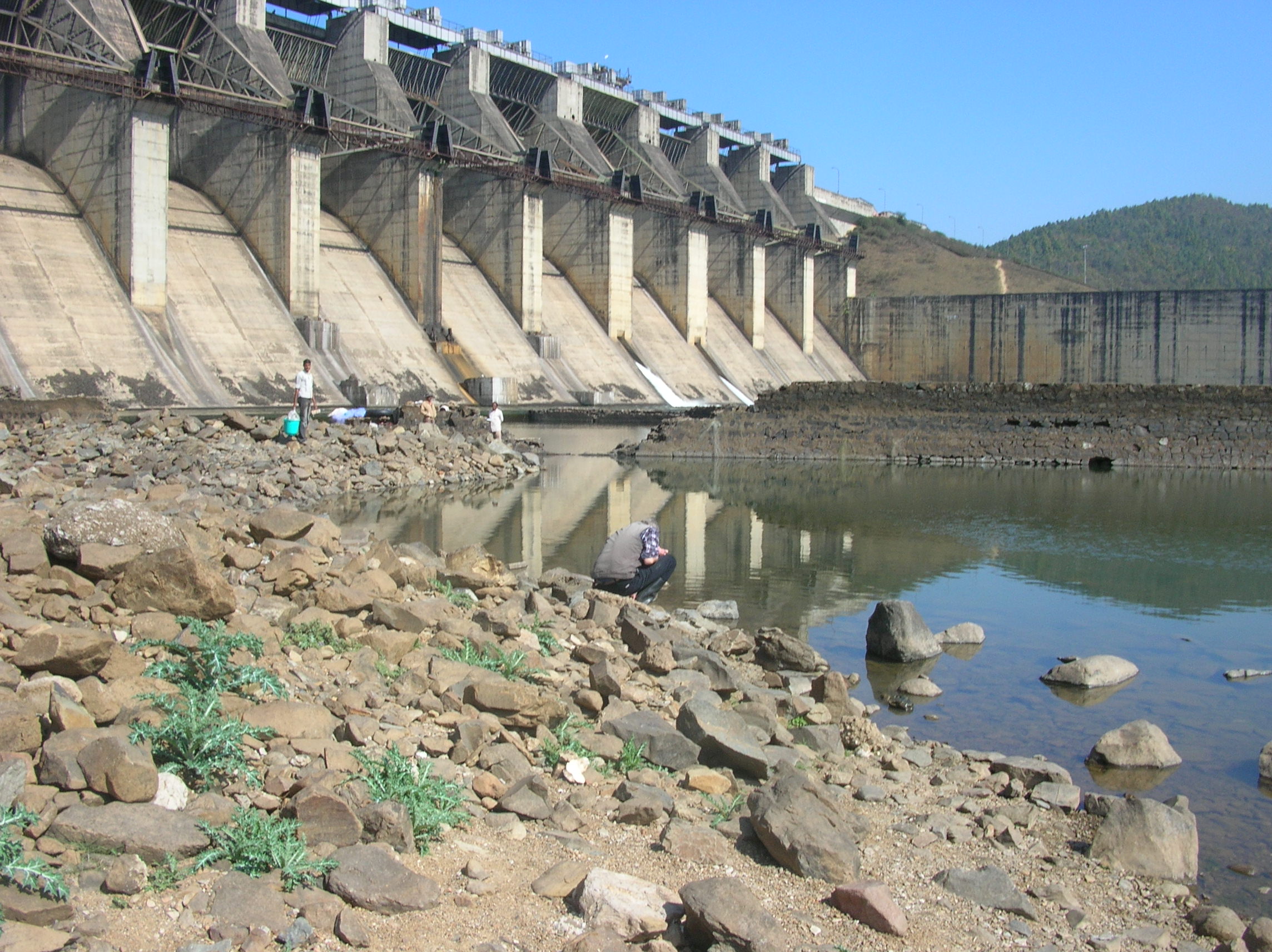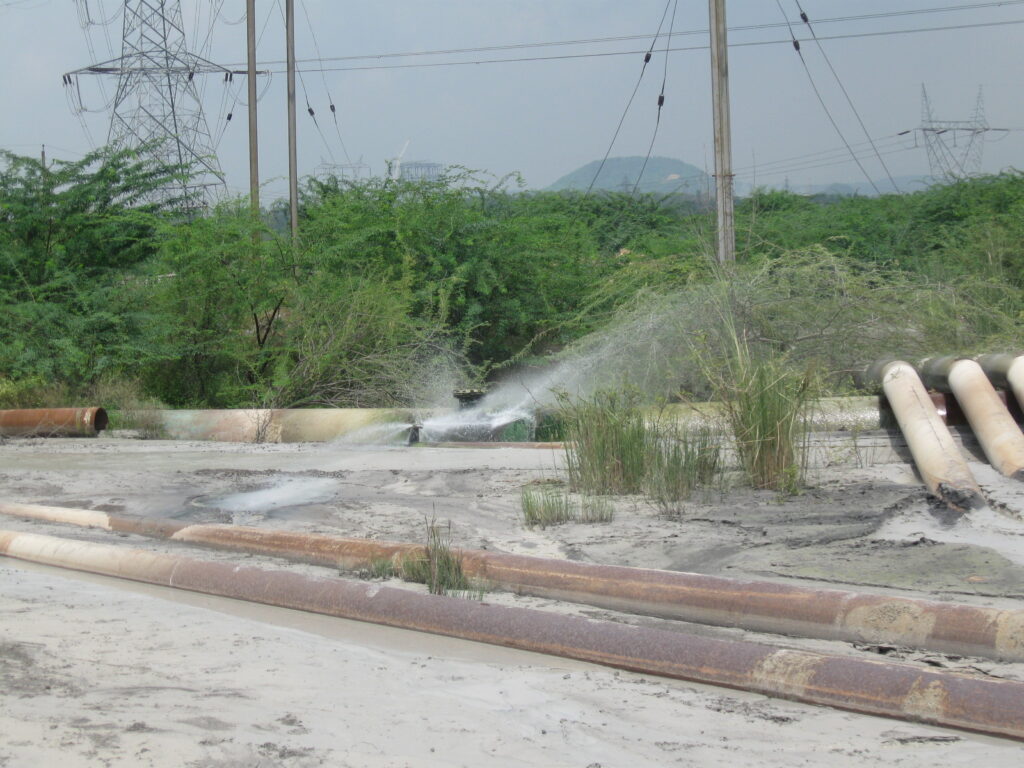Introduction
The Subernarekha River, often called the ‘River of Gold,’ is a crucial water body that flows through the Indian states of Jharkhand, West Bengal, and Odisha. Despite its historical and economic significance, the river today faces severe pollution, encroachment, and environmental degradation. Immediate action is needed to restore and protect this vital lifeline for the millions who depend on it.
Geographical Significance
The Subernarekha River originates near Ranchi, Jharkhand, at an elevation of about 600 meters above sea level. Covering a journey of around 395 km, it flows through major regions, including West Bengal and Odisha, before finally merging into the Bay of Bengal.
Tributaries:
The river is fed by several tributaries, including:
- Kanchi River
- Karkari River
- Kharkai River
- Gurai River
- Kangsabati River
Historical and Economic Importance
The name ‘Subernarekha’ is derived from the presence of gold particles found in its sand, making it an essential source for local gold prospectors. Besides, the river plays a key role in irrigation, drinking water supply, and industrial usage for communities living along its banks.
Major Environmental Concerns
Despite its significance, the Subernarekha River is under severe environmental stress due to various man-made activities.
1. Industrial Pollution
The presence of mining industries, steel plants, and chemical factories along the river’s course has led to high levels of toxic waste being discharged into its waters. The release of heavy metals, including arsenic and mercury, has made the water unsafe for consumption and aquatic life.
2. Urban Waste and Sewage Disposal
Rapid urbanization has resulted in unchecked sewage discharge and plastic waste dumping into the river, leading to water contamination. Major cities like Jamshedpur and Ranchi contribute significantly to this pollution crisis.
3. Deforestation and Soil Erosion
Excessive deforestation in the Chotanagpur Plateau region, where the river originates, has caused soil erosion. This, in turn, has led to increased siltation, reducing the river’s depth and flow capacity.
4. Water Scarcity and Over-extraction
Due to excessive groundwater extraction and dam constructions, the natural flow of the Subernarekha has been disrupted. This has resulted in seasonal drying of the river, affecting agriculture and local livelihoods.
Subernarekha Pradushan Mukti Abhiyan: A Call for Action
Recognizing the urgent need to save the river, environmentalists, activists, and local communities have come together under the Subernarekha Pradushan Mukti Abhiyan (Campaign to Free Subernarekha from Pollution). The key objectives of this movement include:
✅ Pollution Control Measures: Implementing strict regulations on industrial waste discharge.
✅ River Cleaning Drives: Organizing community-led clean-up activities to remove plastic and waste from the river.
✅ Afforestation Programs: Planting trees along riverbanks to reduce soil erosion and siltation.
✅ Public Awareness Campaigns: Educating local communities on the importance of preserving the river.
✅ Government Policy Advocacy: Urging authorities to implement stricter environmental laws for river conservation.
Economic and Social Impact of River Degradation
- Threat to Agriculture: Reduced water availability has affected thousands of farmers who rely on the river for irrigation.
- Health Hazards: Contaminated water has led to increased cases of waterborne diseases like cholera and typhoid in surrounding villages.
- Loss of Aquatic Life: Pollutants have severely impacted fish populations, affecting the livelihood of fishermen.
- Drinking Water Crisis: Many villages along the river are struggling with access to clean drinking water due to pollution.
Steps to Revive the Subernarekha River
To restore the river to its original glory, a multi-pronged approach involving government agencies, local communities, and environmental groups is essential.
1️⃣ Strict Implementation of Environmental Laws: Factories and industries must adopt eco-friendly waste management solutions.
2️⃣ Riverfront Development Projects: Similar to the Ganga and Yamuna clean-up programs, the Subernarekha needs a dedicated restoration initiative.
3️⃣ Adoption of Sustainable Practices: Encouraging organic farming and eco-friendly industries along the riverbanks.
4️⃣ Community Participation: Empowering local communities to monitor and protect the river from encroachments and pollution.
Conclusion: A River Worth Saving
The Subernarekha River is not just a geographical entity but a lifeline for millions of people. Protecting and restoring this river is not an option but a necessity. With collective action, we can ensure a pollution-free and thriving Subernarekha for future generations. Let’s work together to save one of India’s most important rivers! 🌊🌱
🚀 Join the Movement – Be the Voice for Subernarekha’s Revival!



